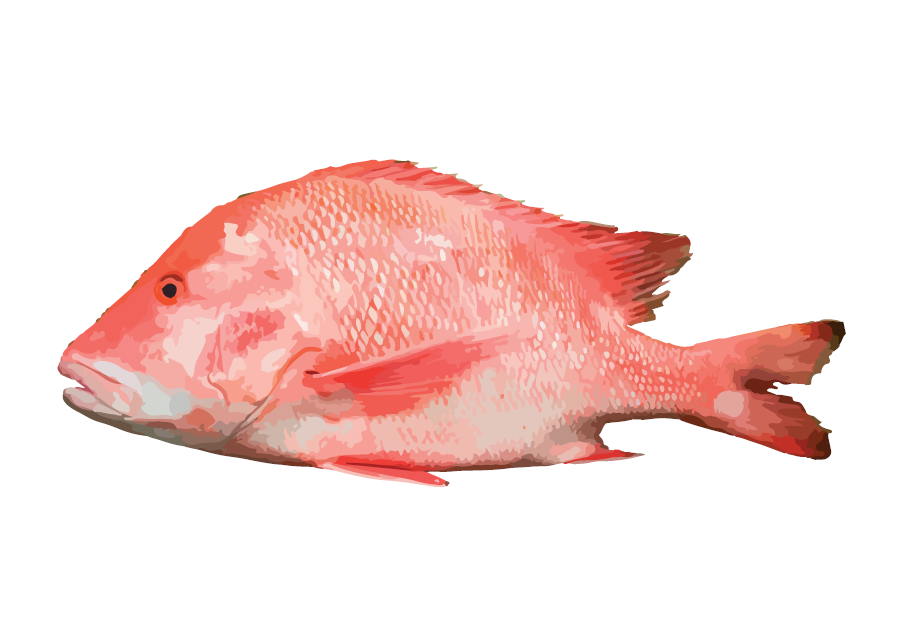The Species
Emperor red snapper is indigenous to Seychelles. Broodstock can be readily obtained from local waters for use in aquaculture facilities. Technologies and feeds for snapper production have been developed, and it has proven to be a successful candidate species for land- and sea-based aquaculture. Snapper species are highly fecund, robust and tolerant of cage culture conditions. Emperor red snapper is able to spawn consistently year-round in captivity, and has a high market demand and market value.

Environmental and Oceanographic Conditions
The environmental conditions of Seychelles waters, such as temperature and salinity, are optimal for the survival and growth of emperor red snapper.
A number of factors have to be considered when selecting an area and sites for cage culture. The Seychelles inner islands, in particular, provide a suitable marine environment for cage culture of naturally occurring species. This region falls outside of the cyclone belt, and is less affected by the strong seasonal south east monsoon than the outer islands. The oceanographic conditions are well within the optimum range for successful cage culture. Wave height, including during the SE and NE monsoons, is below the maximum swell height of 6m that such cages can withstand. Average current speeds are high enough to ensure water circulation within cages and dissolving of particles, without being too strong for the cage structure. Dissolved oxygen levels are above the threshold required for cage culture.
Within this region a number of specific sites have been identified which will provide the conditions for optimal fish growth and minimal environmental and social impact. These zones are located such that they do not interfering with other activities such as tourism, artisanal fisheries and transport routes, and are far enough offshore to allow optimum water quality for fish health and to further ensure they do no conflict with land-based activities. These sites are characterised by ideal depth and sea-floor structure (relatively flat and soft or sandy) for cage culture, and a lack of coral reef or seagrass below cages to minimise the impact on marine ecosystems.
Access to Markets
Seychelles’ level of transport infrastructure and location in the middle of the western Indian Ocean makes it ideal for aquaculture production; It has access to markets in Europe, the USA, Africa and Asia, via air and sea transport, and is able to receive imports of supplies, such as feed and technical equipment, from high-quality suppliers around the world. It also has access to local markets as products can be transported within and between islands.
